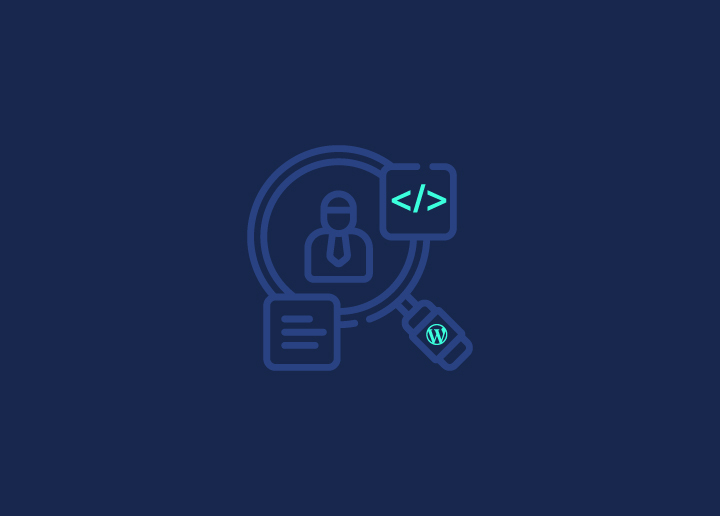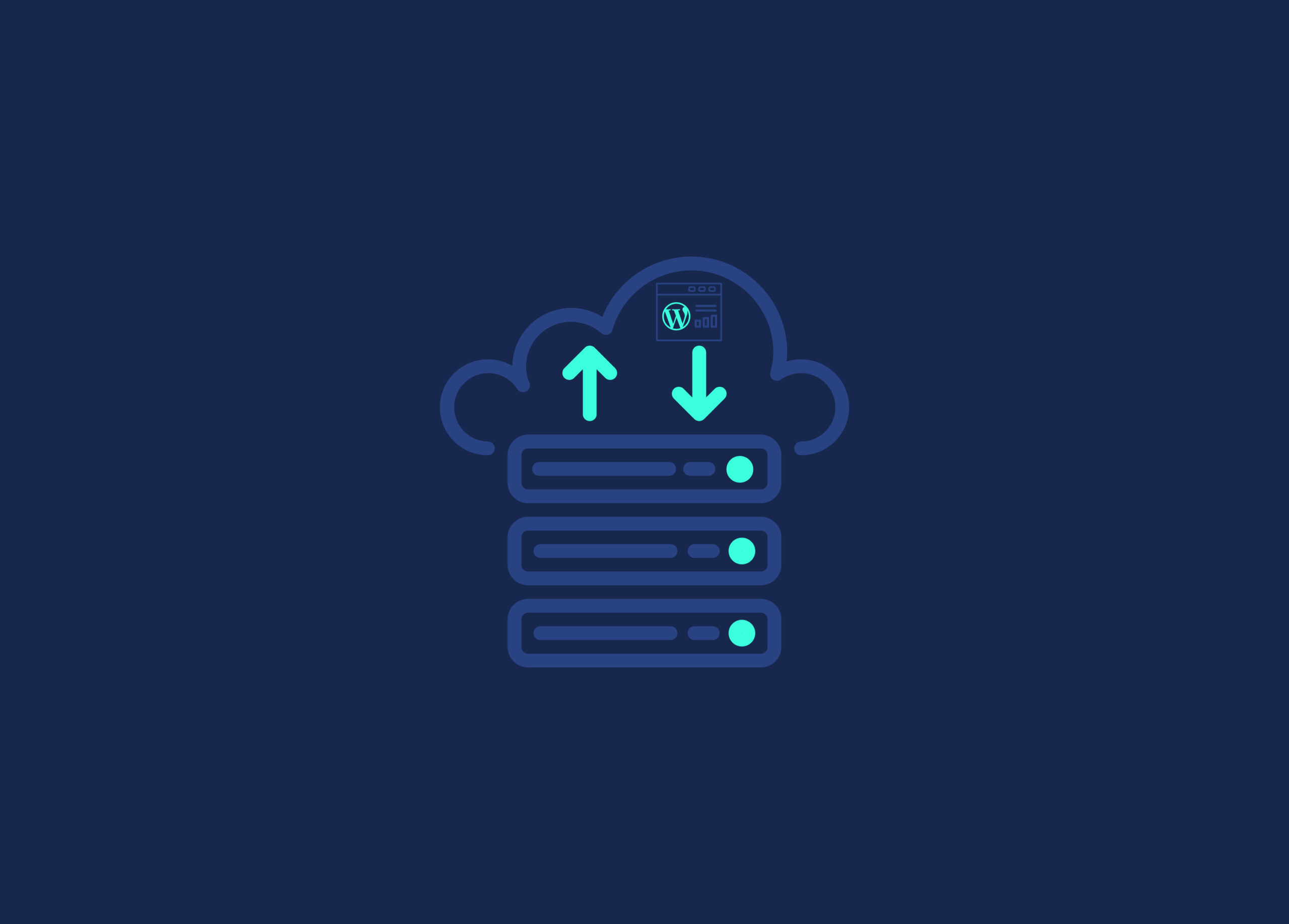From simple static web pages to complex web applications, web development has evolved significantly over the years, shaping the way we interact with the internet. In this article, we will look at the multifaceted domain of web development, exploring its key components, tools, and ever-growing significance in our lives.
Contents
ToggleThe Foundation of Web Development
At its core, web development is the art and science of creating, maintaining, and enhancing websites and web applications. It encompasses a wide array of skills, technologies, and disciplines that collectively enable the creation of interactive and user-friendly online experiences.
Front-End Development
Front-end development, often referred to as client-side development, is the part of web development that focuses on everything a user sees and interacts with directly. It involves using technologies like HTML, CSS, and JavaScript to build the user interface and ensure seamless navigation.
For example, when you visit an eCommerce website and browse through product listings, add items to your cart, and complete a purchase, you interact with the website’s front-end. The layout, design, and functionality are all crafted by front-end developers.
Back-End Development
While front-end development deals with the user interface, back-end development, or server-side development, is responsible for the behind-the-scenes magic that makes websites and web applications work. Back-end developers work with server technologies, databases, and server scripting languages like PHP, Python, or Ruby to handle data storage, processing, and management.
Consider a social media platform like Facebook. When you log in, your username and password are verified securely, and your news feed is populated with posts from your friends. This seamless experience is made possible by the intricate work of back-end developers who manage user accounts, data storage, and communication between various platform components.
Full-Stack Development
Full-stack developers can be likened to the Swiss Army knives of web development. They possess proficiency in both front-end and back-end technologies, allowing them to work on the entire web development stack. They can build a web application from scratch, from the user interface to the server infrastructure.
For instance, a full-stack developer might create a blogging platform where users can write and publish articles. They would handle not only the visual design of the platform but also the database where articles are stored and the server logic that manages user authentication and content delivery.
Read: What Services Are Offered By White-label Service Providers
The Role of Web Development Tools and Frameworks
Web development has become more efficient and powerful thanks to many tools and frameworks available to developers. These tools simplify common tasks, streamline development processes, and ensure that websites and web applications are robust and scalable.
Content Management Systems (CMS)
CMS like WordPress, Joomla, and Drupal have revolutionized web development by providing pre-built templates and user-friendly interfaces. These platforms enable individuals and businesses to create and manage websites without extensive coding knowledge.
For example, a small business owner can use WordPress to set up a professional-looking website, choose a theme, and add content without the need for in-depth coding skills.
Read: Cost Of A WordPress Website: Things You Need To Know
Front-End Frameworks
Front-end frameworks like React, Angular, and Vue.js have gained popularity for building dynamic and responsive user interfaces. These frameworks offer predesigned components and libraries that significantly speed up front-end development.
Imagine you are developing a single-page application where user interactions are smooth and real-time updates are essential. A front-end framework like React can simplify the process by providing reusable components and state management tools.
Back-End Frameworks
Back-end frameworks like Ruby on Rails, Express.js, and Django provide a structured and organized approach to server-side development. They offer ready-made solutions for common tasks like routing, database connectivity, and authentication.
Suppose you’re building an eCommerce website. Back-end frameworks like Django can help you manage product listings, user accounts, and payments securely and efficiently.
Read: Benefits Of Outsourcing WordPress Development Services
The Evolving Landscape of Web Development
Web development is a dynamic field that continually evolves to meet the changing demands of the digital world. Emerging technologies like Progressive Web Apps (PWAs), WebAssembly, and serverless computing are reshaping how we build and interact with web applications.
Progressive Web Apps (PWAs)
PWAs combine the best of web and mobile app experiences. They are web applications that offer offline access, push notifications, and fast load times. This technology is becoming increasingly popular for eCommerce websites, news portals, and social media platforms.
For instance, a PWA for a news website allows users to read articles even without an internet connection, making it a versatile and user-friendly choice for news enthusiasts.
WebAssembly
WebAssembly (wasm) is a binary instruction format that enables high-performance execution of code in web browsers. It allows developers to write web applications in languages like C++, Rust, and Go, opening up new possibilities for web development.
Consider a web-based video editing tool that requires intensive processing. WebAssembly can improve the tool’s performance, enabling users to edit videos seamlessly within their browsers.
Serverless Computing
Serverless architecture allows developers to build and deploy web applications without managing server infrastructure. Services like AWS Lambda, Azure Functions, and Google Cloud Functions automatically scale resources based on demand, reducing operational overhead.
Imagine creating a chat application using serverless computing. It can dynamically scale to handle thousands of users without worrying about provisioning and managing servers.
Read: WordPress Outsourcing: What Services Can You Outsource
Web Development vs Web Design
Web development and website design are distinct but interdependent aspects of creating a successful website. While web developers focus on the functionality & interactivity of a site, web designers ensure that the site is visually appealing and user-friendly. Both roles are essential for delivering users a complete and satisfying web experience.
Below is a comparison chart highlighting the key differences between web development and web design:
| Aspect | Web Development | Web Design |
| Focus | Functionality and interactivity. | Visual aesthetics and user experience. |
| Purpose | Building the back-end and functionality. | Creating the front-end visual elements. |
| Skillset | Programming languages, databases, etc. | Graphic design, UI/UX principles, tools. |
| Coding Languages | HTML, CSS, JavaScript, server-side languages. | HTML, CSS, some JavaScript for animations. |
| Responsiveness | Ensures the website works on all devices. | Ensures the website looks good on all devices. |
| Interaction | Implements features like forms, user accounts, and database integration. | Defines navigation, layout, and visual elements. |
| Testing and Debugging | Focuses on debugging code and ensuring functionality. | Ensures designs are visually consistent and functional. |
| Tools and Software | Integrated development environments (IDEs), text editors, version control systems. | Graphic design software (e.g., Adobe Photoshop, Sketch). |
| Collaboration | Works closely with designers and may collaborate with other developers. | Collaborates with developers to implement designs. |
| User-Centered Design | Primarily concerned with user functionality and data handling. | Primarily concerned with user interface and user experience. |
| Examples of Role | Full-stack developer, back-end developer. | Web designer, UI/UX designer, graphic designer. |
Conclusion
Web development is the driving force behind the digital transformation we witness today. Web developers are pivotal in shaping the digital landscape, from creating visually stunning front-end interfaces to building robust back-end systems. With the help of powerful tools and frameworks and the integration of cutting-edge technologies, web development continues to evolve, promising a future where online experiences are faster, more accessible, and more engaging than ever before.
As the digital universe expands, web development will remain at the forefront, ensuring that the websites and web applications we use daily are functional and delightful to interact with. Whether you’re a front-end enthusiast, a back-end maestro, or a full-stack virtuoso, web development offers endless opportunities to innovate and contribute to the ever-evolving digital realm.
Need help with WordPress web design and development? Get in touch with us today!




